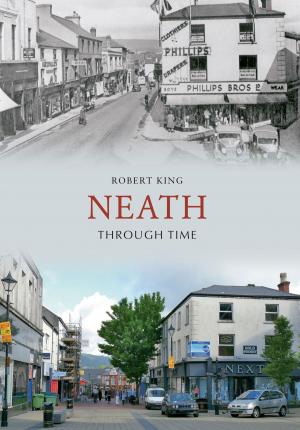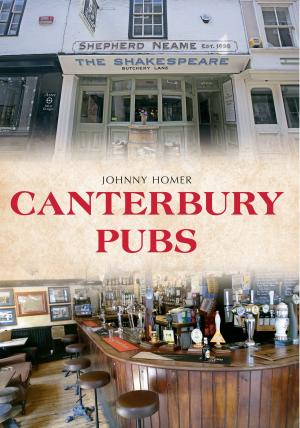| Author: | Malcolm Wells, Paul Morfitt | ISBN: | 9781445667553 |
| Publisher: | Amberley Publishing | Publication: | August 15, 2017 |
| Imprint: | Amberley Publishing | Language: | English |
| Author: | Malcolm Wells, Paul Morfitt |
| ISBN: | 9781445667553 |
| Publisher: | Amberley Publishing |
| Publication: | August 15, 2017 |
| Imprint: | Amberley Publishing |
| Language: | English |
Kingston upon Hull Corporation’s motorbus fleet was always varied and interesting. The azure and white streamline livery is well known but was one of five actually carried. Buses were initially an adjunct to the trams serving areas away from the radial tram routes, but they were instrumental in serving the new council estates of the 1920s and 1930s that were beyond the tram boundaries. A standardisation policy was in place by the coming of war in 1939. Forty-six buses were lost, as well as the central bus garage in May 1941, while many others were damaged here and at dispersal sites. Buses were borrowed or purchased while fourteen ‘unfrozen’ buses were received as well as thirty-nine Guy Arabs. The period following the Second World War saw the arrival of 102 AEC Regents as the backbone of the fleet, but many wartime buses were given pre-war bodies from AECs and Daimlers or rebuilt. Second-hand buses came from Newcastle, St Helens, Leicester and Nottingham in the 1960s. The acquisition of 241 Leyland Atlanteans enabled it to be totally one-man operated from 12 November 1972. This book tells the story of Hull Corporation’s motorbus fleet.
Kingston upon Hull Corporation’s motorbus fleet was always varied and interesting. The azure and white streamline livery is well known but was one of five actually carried. Buses were initially an adjunct to the trams serving areas away from the radial tram routes, but they were instrumental in serving the new council estates of the 1920s and 1930s that were beyond the tram boundaries. A standardisation policy was in place by the coming of war in 1939. Forty-six buses were lost, as well as the central bus garage in May 1941, while many others were damaged here and at dispersal sites. Buses were borrowed or purchased while fourteen ‘unfrozen’ buses were received as well as thirty-nine Guy Arabs. The period following the Second World War saw the arrival of 102 AEC Regents as the backbone of the fleet, but many wartime buses were given pre-war bodies from AECs and Daimlers or rebuilt. Second-hand buses came from Newcastle, St Helens, Leicester and Nottingham in the 1960s. The acquisition of 241 Leyland Atlanteans enabled it to be totally one-man operated from 12 November 1972. This book tells the story of Hull Corporation’s motorbus fleet.















